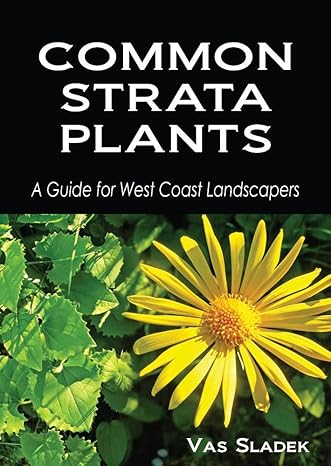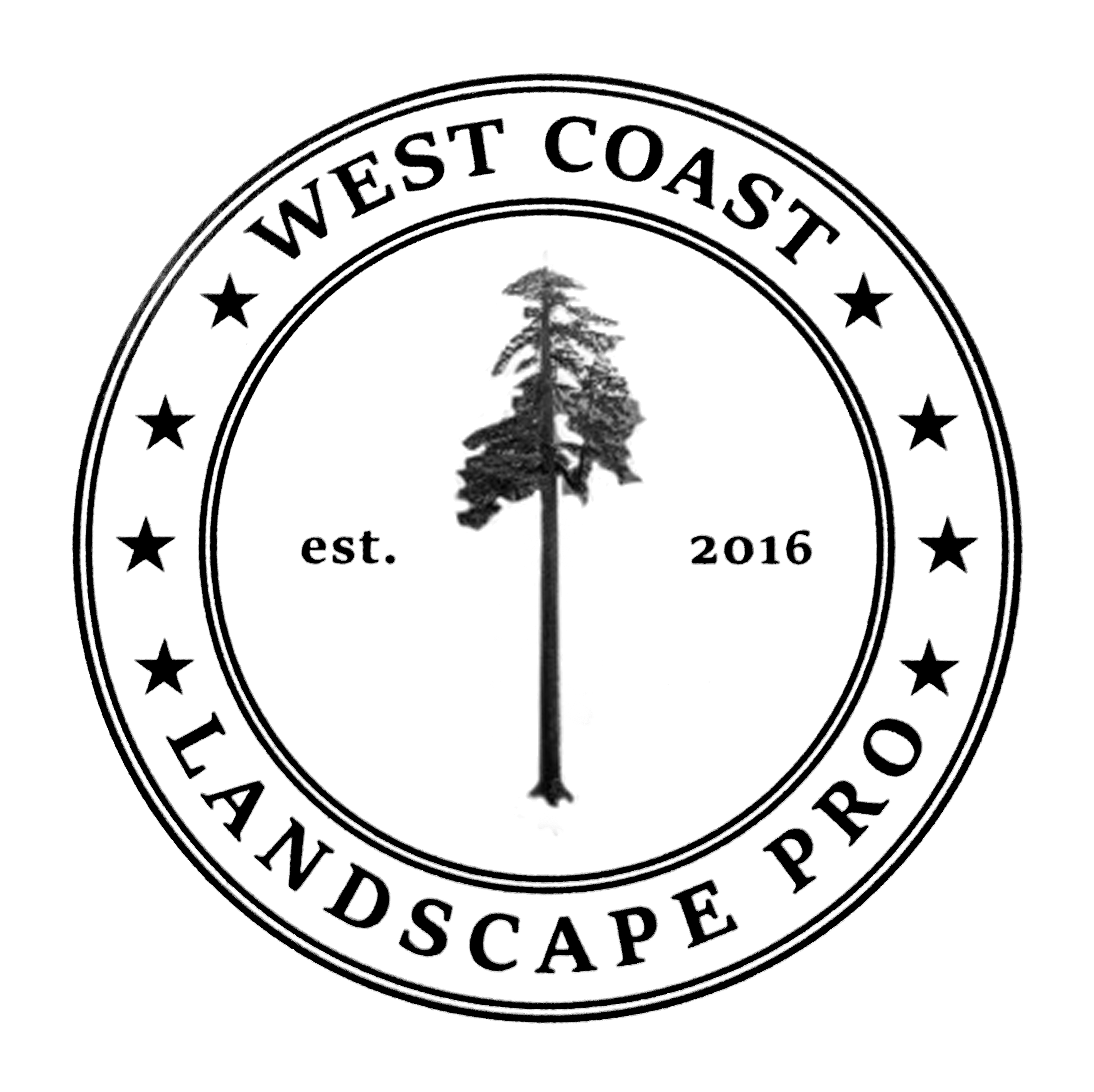VanDusen course
Winter plant identification is obviously harder because flowers, leaves, fruits and seeds may not be available for you to look at. So, what do we do? I was about to find out in my two-hour course at VanDusen Botanical Gardens. I don’t get many weekends off as a landscape professional living in pricey British Columbia; I have to hustle all year. So this course was a treat and a steal at $30 with tax included; and the two hours give me two education credits towards my landscape industry re-certification.
Looking at all the gray hair in my classroom, I fit right in. The guides room hosting the class is in the main building and it has a nice view of the gardens. Tea and coffee were provided but no cream, so I tried herbal tea.
Every table had a number of twigs for us to examine; I love this kind of hands-on learning.
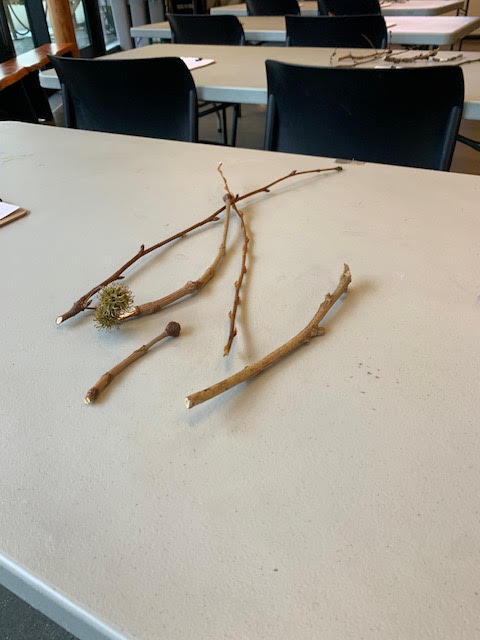
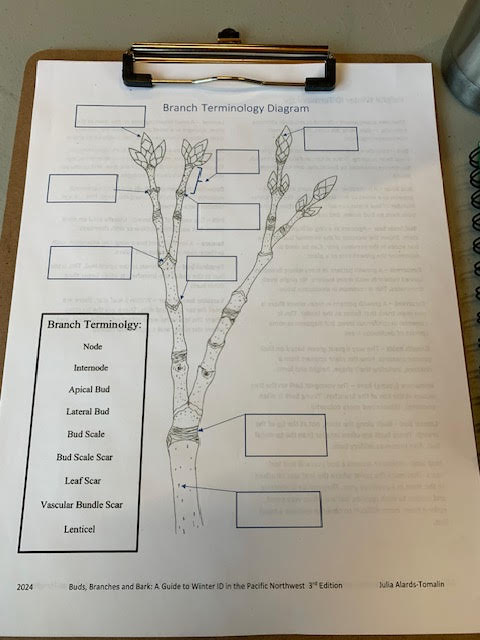
Meet the teacher
Julia, the teacher, sporting beautiful long braids, was the only young person in the room and her delivery was smooth. When her lesson slides stopped sliding, she switched to her cell phone notes without a hint of stress. Her Master’s in Education probably helps in these situations.
As soon as she identified herself as a “plant geek”, I beamed, having only paid $30 for the course. My only complaint about the course is the length of the outdoor portion. I would love to get dragged throughout the gardens for hours by a plant geek.
The microphone Julia wore is a nice touch given the average age of the participants. I didn’t have to worry about missing any key words; and the set-up was just as useful out on our walk through the garden.
Key ideas
We don’t have much to work with in winter so branching and bud arrangement are very important clues. We know that whorled bud arrangement is rare (Catalpa sp. is one we got to see: 3 buds arranged in a circle) and only so many species have opposite bud arrangement. For example, maples, ashes, dogwoods and horse chestnuts. I have since collected twigs from all four tree species and I will label and frame them soon.
Most plants have alternate leaf or bud arrangements, which is an adaptation for capturing sunlight.
Your location and habitat are also important clues. On our walk we got to see a beautiful Baldcypress (Taxodium distichum) with its roots in the water. That’s your hint; and so is the fact that it’s a deciduous evergreen, which is why it’s “bald” in winter. Another deciduous evergreen I see in gardens is Dawn Redwood (Metasequoia glyptostroboides). Both tree species lose their needles in winter. It’s normal so don’t cut them down.
Getting as much information as you can in winter is crucial for winter plant identification success.
Tree examples
Yesterday, for example, I worked close to beech trees (Fagus sp.) and I found leaves, distinctive fuzzy seed capsules and seeds on the ground. But I know these trees well. I need a bigger challenge.
Speaking of beeches, my last blog post mentions how extremely sharp beech buds are. Losing blood during clean up means I will never forget these trees.
Julia showed us beautiful specimens of river birch (Betula nigra) with their peeling copper-coloured bark; and a weird habit of multiple stems arising from the same base point. Once you learn these clues, identifying trees in winter will go well for you.
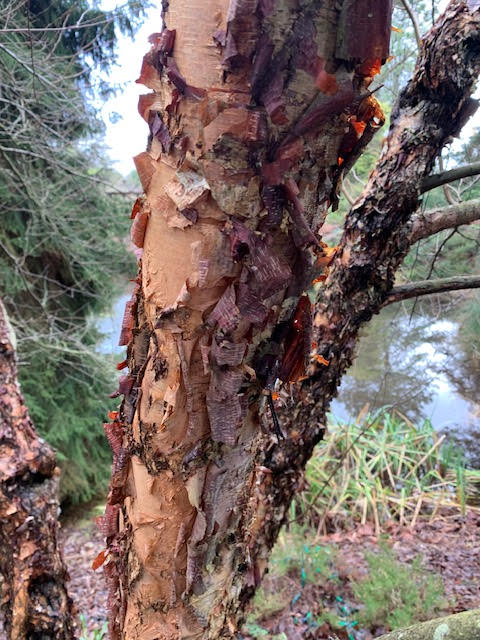
It’s over!
Once I filled out my course review form I ran to my car (tons of parking in January!) to charge my iPhone. Then I borrowed a VanDusen course sticker tag and walked back into the gardens to enjoy my “mental health break”.
I’m constantly on the go: I work as a landscape manager, I run my own company and I shuttle my teenagers to soccer practices and part-time jobs. Having hours to myself in a botanical garden was glorious!
Winter plant ID course on native plants!
There is one more winter plant ID course coming up on February 1, 2025. I believe this course will cover native plants. So sign up and come enjoy the gardens. I will! More information here!
Ebook to help you!
Struggling with the names of basic landscape plants? I got your back. Buy my picture eBook and learn the first 100 landscape plants you must know. Click here!
